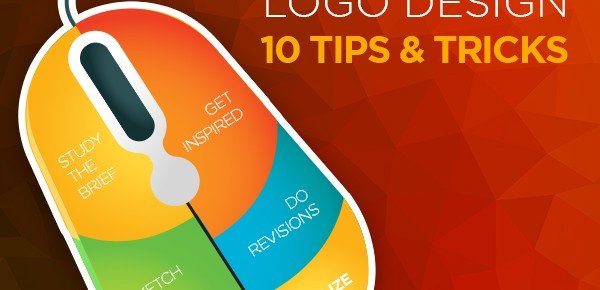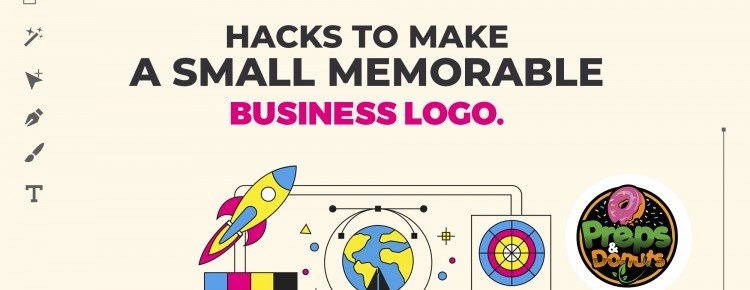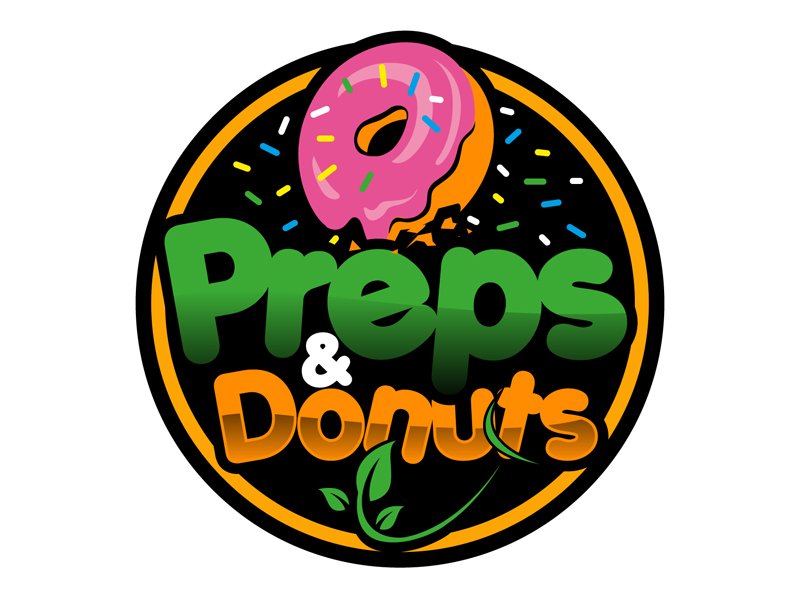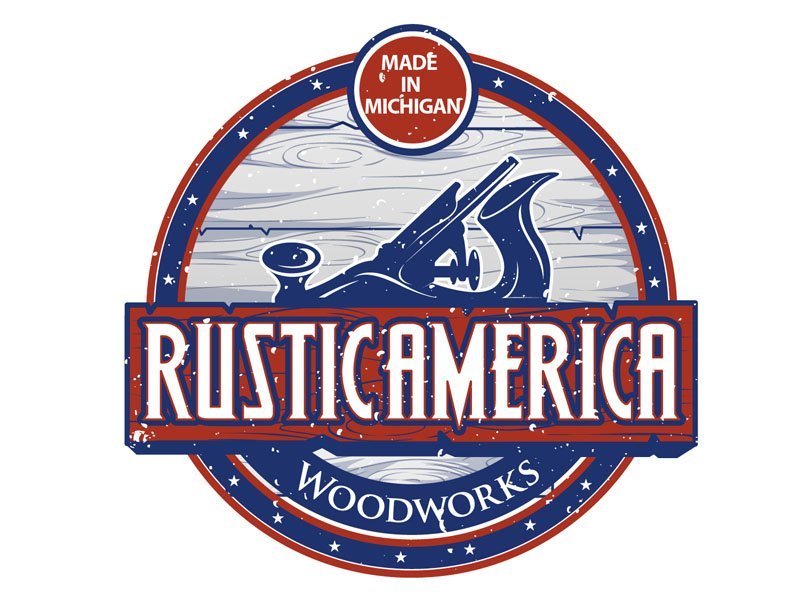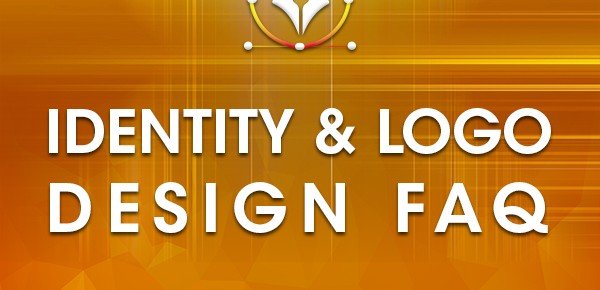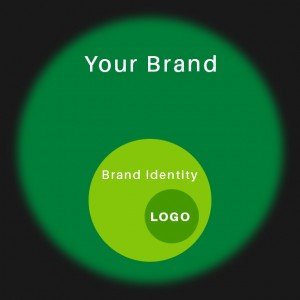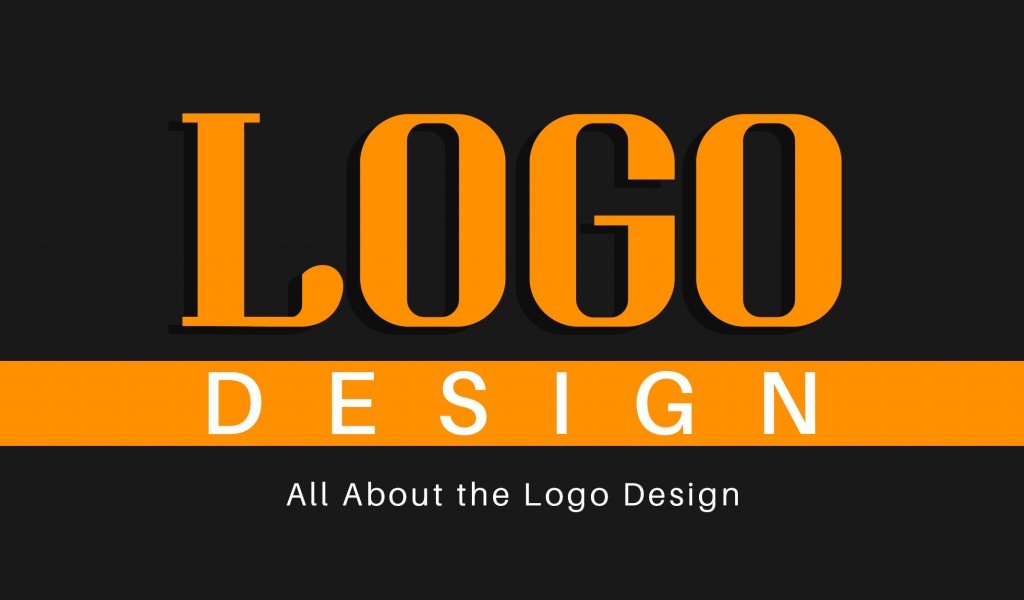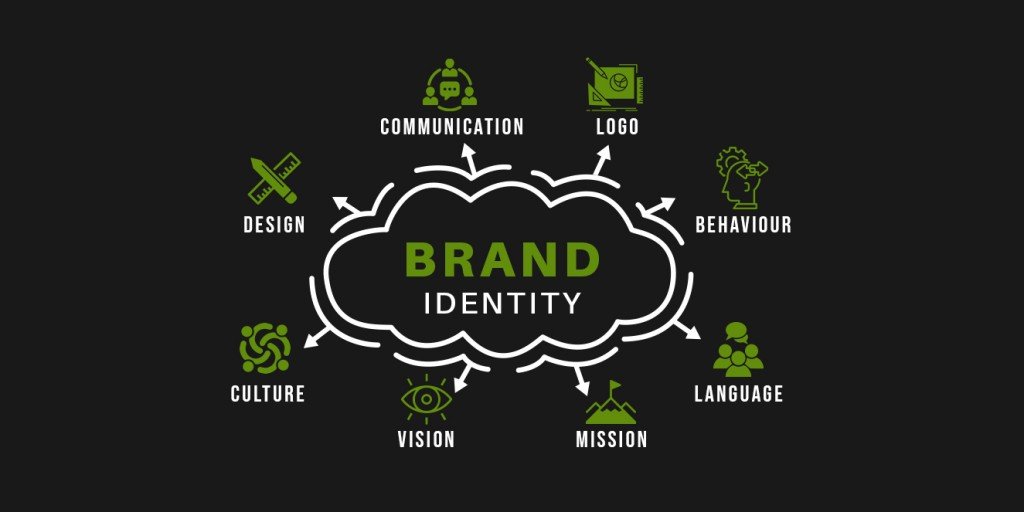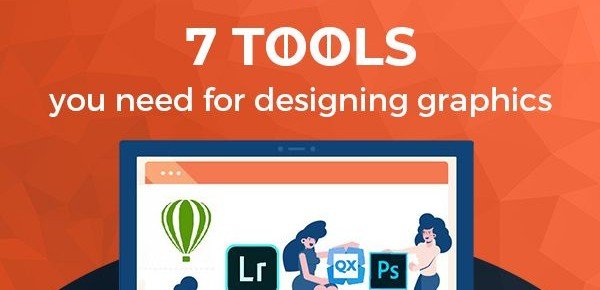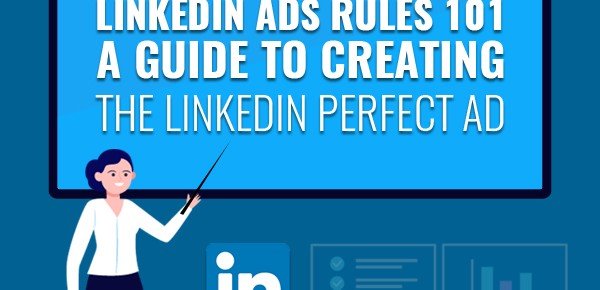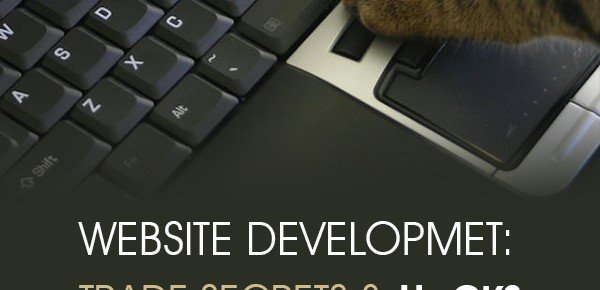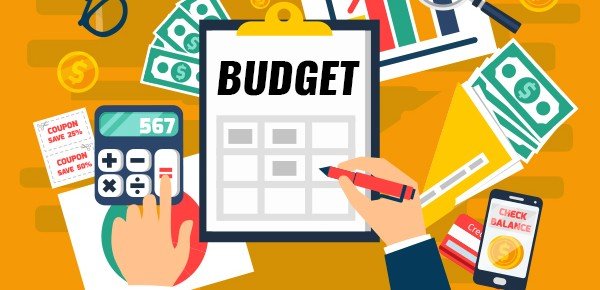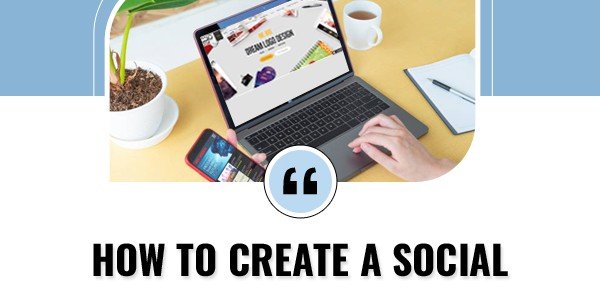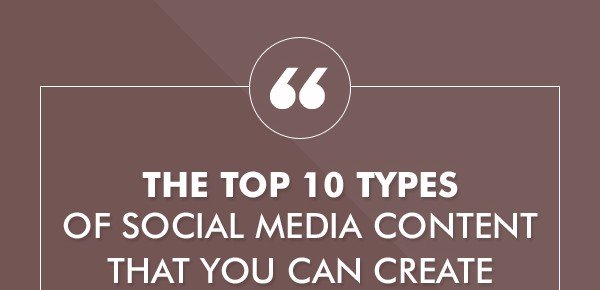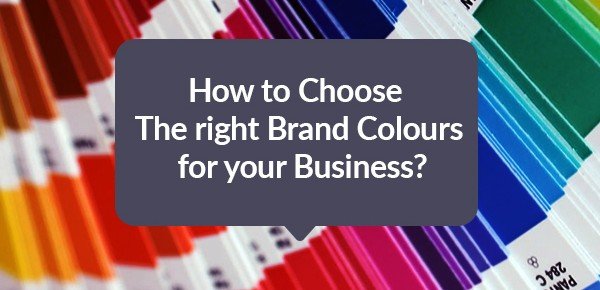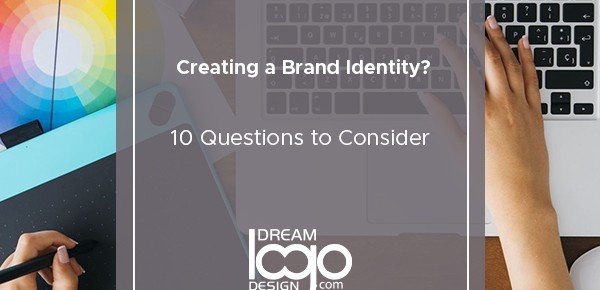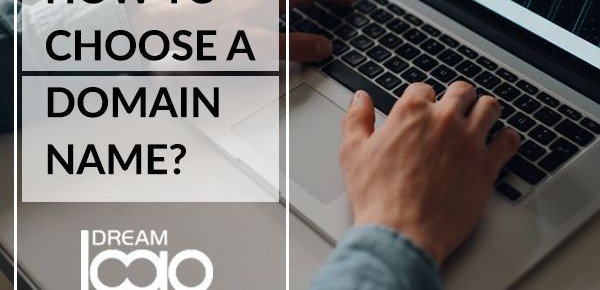Introduction
A brand without a logo! Well, that’s an impossible idea for brands that want to stand out and remain relevant. The most successful logo design examples show how those small graphical representations can be the face of your brand. In simpler words, a good company logo design will positively impact your existing and prospective customers. Ultimately, you are trying to win their confidence. Aren’t you?
But the question is how to create a successful logo design. Don’t lose your sleep over it. Some simple tricks and tips employed by an efficient designer can help you to get the best logo. So, without much ado, let’s highlight the tips and tricks.
-
1. Let the Logo Resonate with Your Brand:
What is the purpose of a successful logo design? The purpose is to represent a brand and create its identity. So, while creating a logo using logo design software, make sure that it is an extension of your brand ethos. To explain further, it should be able to demonstrate your area of operations, products, and services within a brief scope.
-
2. Gather Ideas
We all need the inspiration to create something beautiful and effective. Don’t we? So, it is important to check out the most successful logo design examples, such as Amazon that has an arrow starting from A and ending with Z to denote that this online store is the one-stop destination for all you need. These examples always help us to channelize our thoughts in the right direction before we pick any logo design software for the final creation.
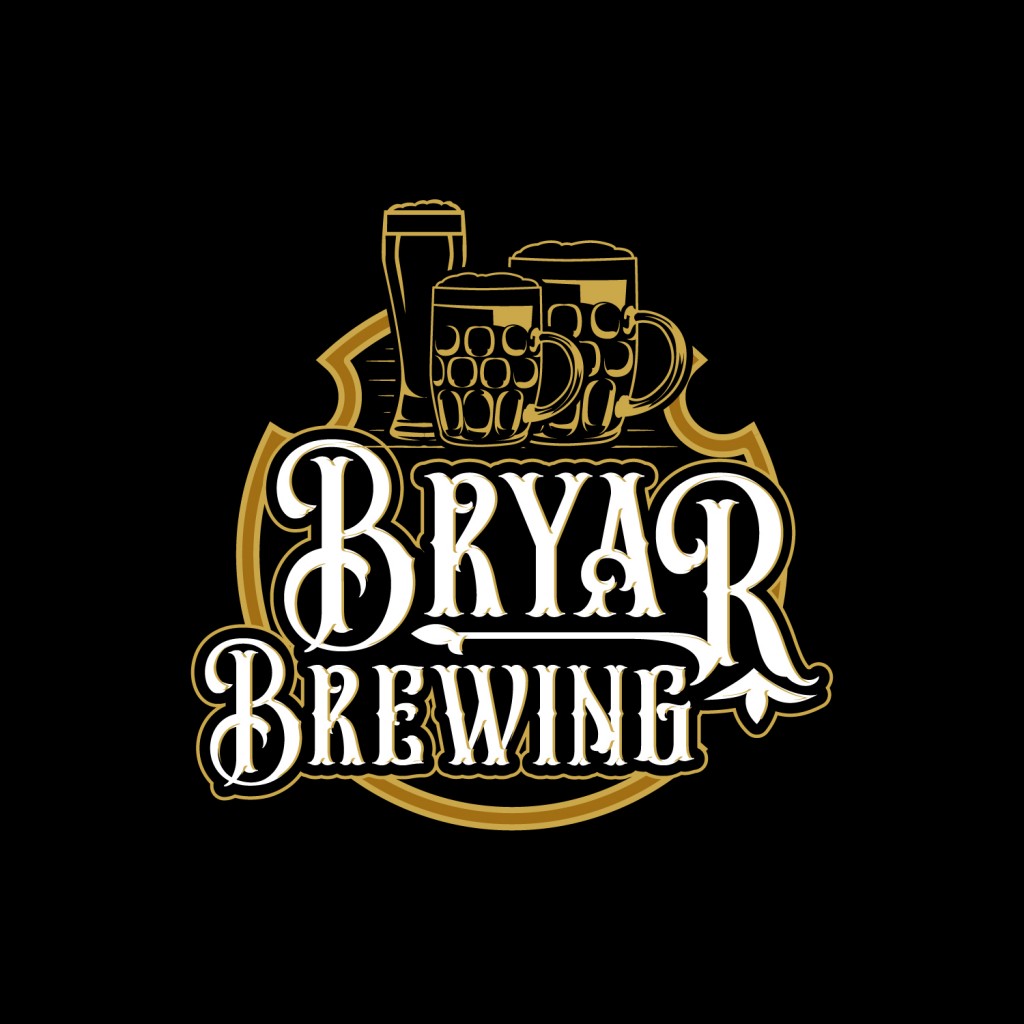
Do you want to connect with your audience? Then, be the audience. Identify the words that describe your brand the best. Also, consider what is important to your target demographic. Finally, use a good combination of your brand ethos and audience requirements to create a successful logo design.
-
4. Choose the Right Color
Choosing the right color is extremely important for effective logo designing. For example, a hospitality industry should have blue in its logo to evoke a sense of trustworthiness. On the other hand, a food and beverage company can easily make its voice heard by using yellow, orange, or red in its company logo design.
-
5. Pick the Right Font
It’s great to be creative unless you are overdoing things. These days, there are trends for using vintage and retro fonts. However, you can afford to choose a sleeker style if it goes well with your brand. And one more thing! Don’t make it too flowery to understand. The fonts should be easily readable.
-
6. Use White Space Effectively
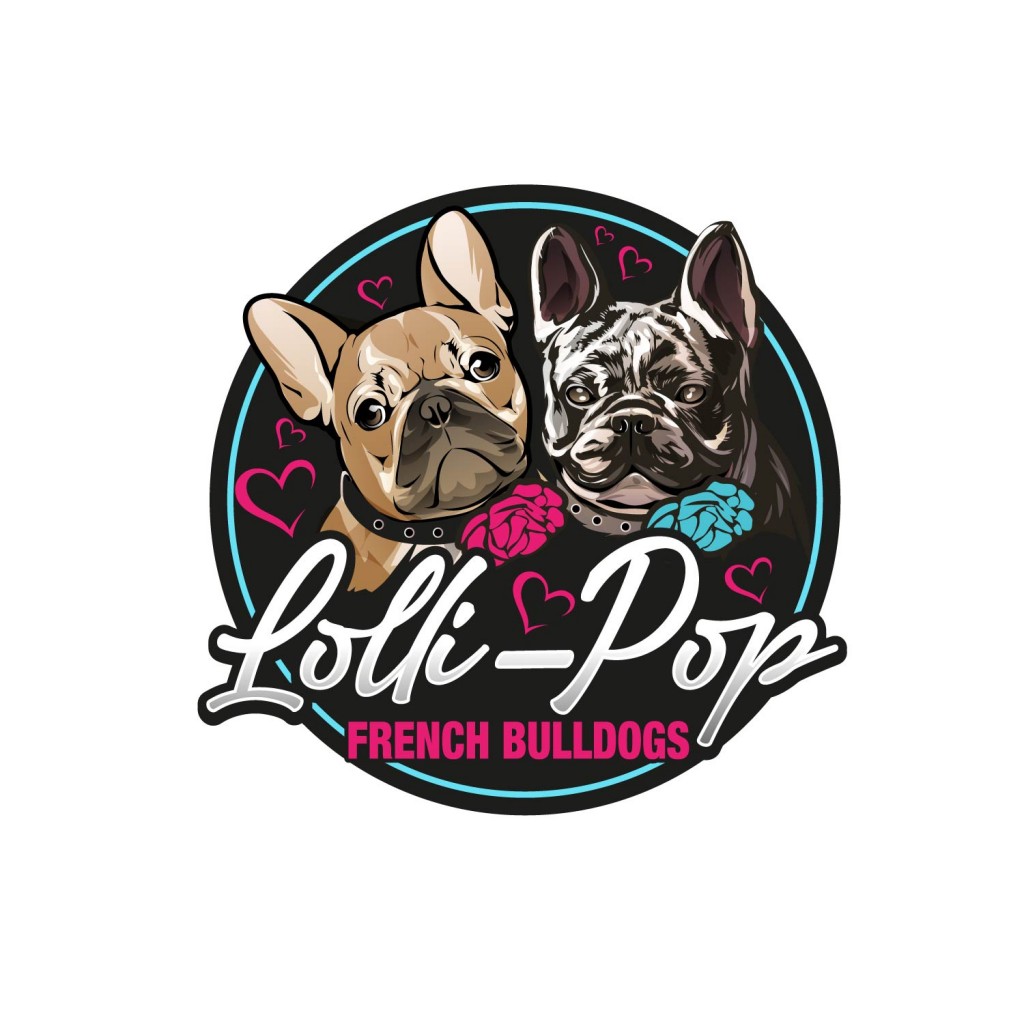
Too much salt can make any dish bitter and inedible. Similarly, too many elements fighting for their places within a tiny logo can be disastrous. Look at timeless and successful logo design examples, such as Pepsi, to understand how blank spaces make a logo more comprehensible and easily identifiable.
-
7. Make a Statement
Let the logo be something that your brand stands for. For example, if you want to follow environment-friendly practices or want to stop racism, these points should clearly come through your company logo design.
-
8. Brainstorming Has No Substitute
There are many logo design software in the market, and they truly work. We are in no mood for questioning their efficacy. However, we do believe that brainstorming has no substitute, as ultimately, logo designing is a creative process. To create ideas based on brand values and audience requirements, designers and marketers really need to do brainstorming.
-
9. Customize
Your brand is unique, and you cannot afford to let it be something run-of-the-mill. So, to stand tall, you need a customized logo. A personalized logo will have all the elements of a good design, yet it should be able to strike a unique chord in the hearts of your prospective clients.
-
10. Consider the Logos of your Competitors
Check out the logos of your competitors to know the elements they are using to attract their client base. Most importantly, try to find out the things they are missing out on in their designs. Capitalize on those for creating a successful logo design.
Conclusion:
Dream logo design is a reputable logo design company that has clientele across various industries. We have a highly skilled team and use the best logo design software to ensure a 100% satisfaction rate. So, choose us and let your brand be the talk of the town.

